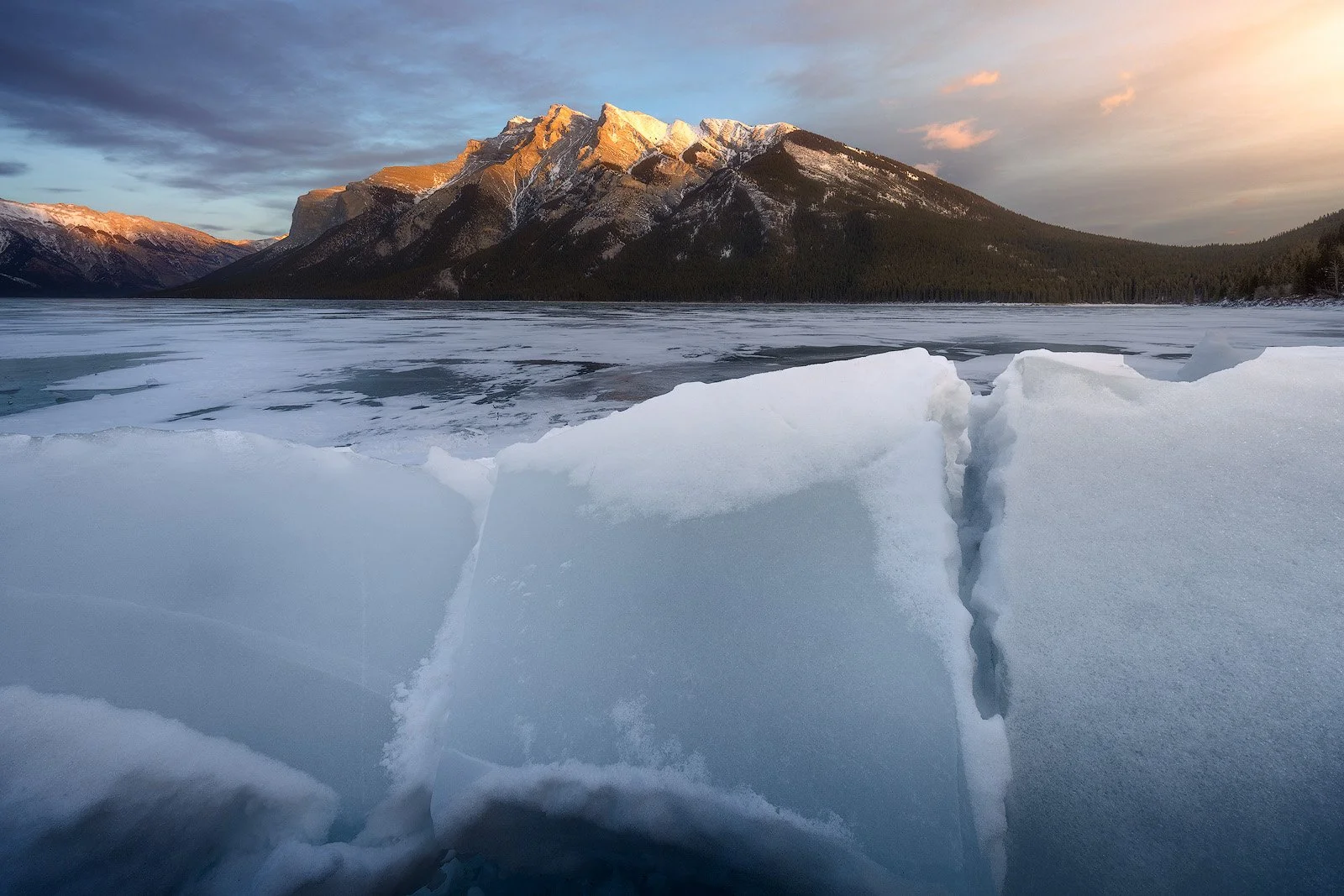 Image 1 of 1
Image 1 of 1


Cracks in Winter's Silence
Along the rim of Lake Minnewanka in Banff National Park, the ice has fractured into monumental shapes—rising slabs of translucent blue catching the fragile light of dawn. They lean at wild angles, their edges polished smooth by wind and cold, like sculptures carved from breath itself. Between them, frozen fissures form a map of the lake’s restless past—lines of tension, release, and renewal etched into the surface of silence. Above, the first warmth of sunrise touches the snow-dusted peaks, gold spilling across stone and ice alike. The contrast feels elemental: fire meeting frost, motion held inside stillness.
The air here is impossibly clear. Each sound carries—a raven’s call, a groan from the ice below, the faint shiver of wind threading through the valley. Light gathers in the cracks, turning blue to silver, silver to white, as if the lake itself were breathing. The frozen expanse stretches outward, empty yet full of quiet intent. It is a landscape in suspension, where every fracture tells of pressure endured and every shimmer hints at release. The balance between fragility and endurance holds steady, poised at the edge of transformation.
Seen from a distance, the scene resolves into something both delicate and fierce. The broken ice forms an abstract geometry that feels almost musical—sharp notes and long pauses composed by winter itself. Nothing here feels accidental. Each line, each glow of light through glassy blue, speaks to the calm discipline of nature’s design.
Cracks in Winter’s Silence inhabits that narrow space between strength and surrender. It invites quiet reflection, a reminder that even in the coldest moments, beauty endures—not in spite of the fracture, but because of it.
Along the rim of Lake Minnewanka in Banff National Park, the ice has fractured into monumental shapes—rising slabs of translucent blue catching the fragile light of dawn. They lean at wild angles, their edges polished smooth by wind and cold, like sculptures carved from breath itself. Between them, frozen fissures form a map of the lake’s restless past—lines of tension, release, and renewal etched into the surface of silence. Above, the first warmth of sunrise touches the snow-dusted peaks, gold spilling across stone and ice alike. The contrast feels elemental: fire meeting frost, motion held inside stillness.
The air here is impossibly clear. Each sound carries—a raven’s call, a groan from the ice below, the faint shiver of wind threading through the valley. Light gathers in the cracks, turning blue to silver, silver to white, as if the lake itself were breathing. The frozen expanse stretches outward, empty yet full of quiet intent. It is a landscape in suspension, where every fracture tells of pressure endured and every shimmer hints at release. The balance between fragility and endurance holds steady, poised at the edge of transformation.
Seen from a distance, the scene resolves into something both delicate and fierce. The broken ice forms an abstract geometry that feels almost musical—sharp notes and long pauses composed by winter itself. Nothing here feels accidental. Each line, each glow of light through glassy blue, speaks to the calm discipline of nature’s design.
Cracks in Winter’s Silence inhabits that narrow space between strength and surrender. It invites quiet reflection, a reminder that even in the coldest moments, beauty endures—not in spite of the fracture, but because of it.
